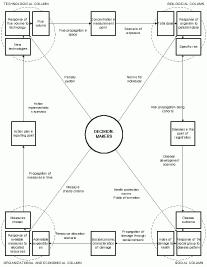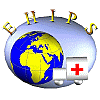
Fig.2 The structure of main informational pipeline. |
The model objects should be as stable as their real prototypes. So, they must include elements of self-regulation. The most important part of any model object is its internal dynamics (or its internal method, in the programmer's terms). It determines what is stable in an object (say, in a population) or, alternatively, what is maximized by an object (say, cost-effect relation is maximized by the object "action plan").
There are two types of stability:
- w.r.t. forcing that models the real-world interaction and is applied by a model object to another;
- w.r.t. "informational forcing" produced by monitoring data; this type of stability lets IS discard unreliable data.
|

